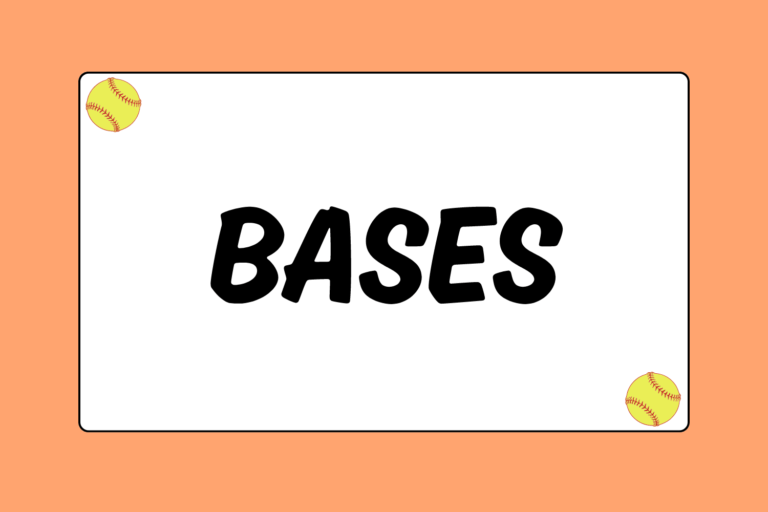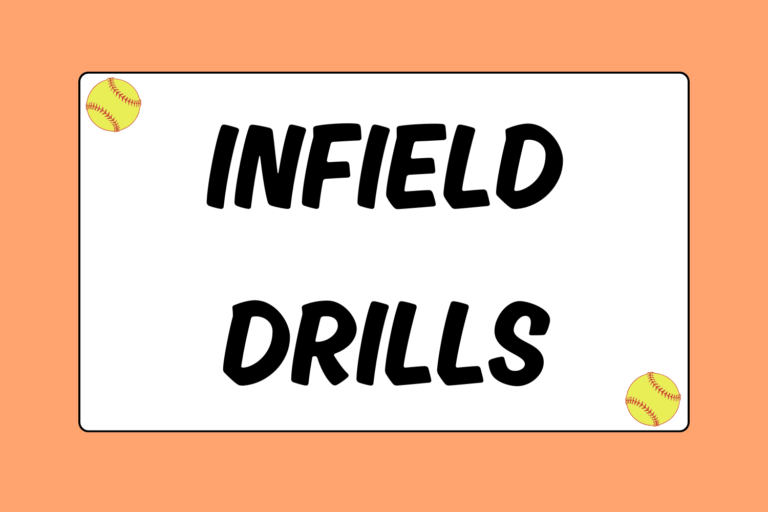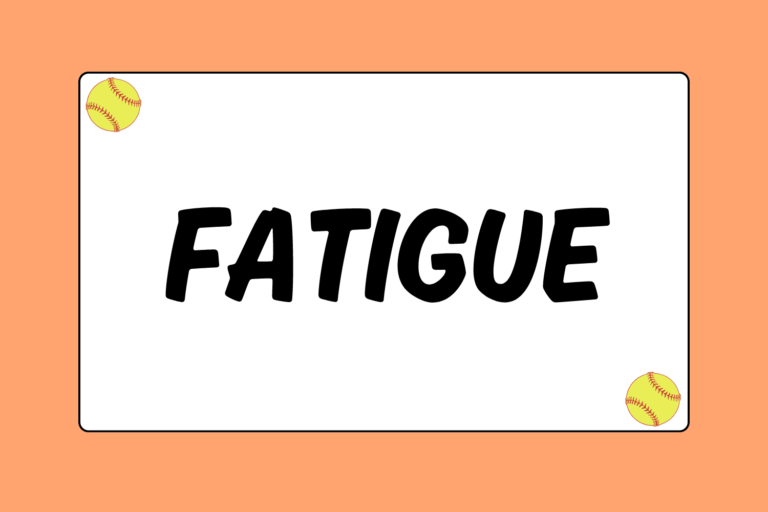What is the most important thing you need to be able to do in softball? Catch the ball! This means that your glove is one of the most important pieces of equipment you will own.
This guide will introduce you to the plethora of gloves available to softball players. There are many factors that go into choosing the right glove, including length, web design, and style. So whether you’re an All-Star or a novice, it is essential that you choose the glove best suited for the type of player you are.
Defensive Positions
Where you play on the diamond has a lot of influence on what type of glove you’ll need. At the onset of their softball experience, younger players may get away with using any glove for any position. As you become a more experienced player, though, you will want a glove or mitt adapted to your specific position.
Catcher’s Mitts
A catcher needs to be able to handle, and hold onto, high speed pitching. Accordingly, a catcher’s mitt is the largest on the field with circumferences ranging between 31 and 34 ½ inches, and it also has the deepest pocket.
With the exception of the pocket, catcher’s mitts have heavy padding surrounding the circumference of the glove. Comfort is also extremely important. Catchers may have only a fraction of a second to transfer the ball from their mitts to their hands, so avoid mitts that feel heavy.
First Basemen’s Mitts
The first basemen’s mitt looks like a hybrid between a catcher’s mitt and a fielder’s glove. Unlike a catcher’s mitt, a first baseman’s mitt is not as heavily padded around the fingers and the thumb of the mitt is not padded at all. The pocket of these mitts are also shallower for faster ball-to-hand transfers. The mitts are also longer, often up to 14 inches, to help secure balls thrown from infielders. Like a catcher’s mitt behind the plate, a first basemen’s mitt may only be worn at first base.
Infield Gloves
Infielders need gloves designed for constant action. Ranging from 11 ¼ to 12 ½ inches in length and with smaller pockets, a shorter glove makes for quicker turnaround times transferring the ball from the glove into your hand to make the play.
There are also certain lengths better for utility players. Ranging anywhere from 12 ¼ to 13 ¼ inches, these lengths allow utility players to use the same glove whether they happen to be playing infield or outfield.
There is no general size recommended pitchers. The most important thing for the pitcher is comfort and the ability to hide the ball. Pitchers will need a glove large enough to hide their grip on the ball, so as not to give away the pitch before they begin their motion.
Fun Fact
Beginning players often use the terms “glove” and “mitt” interchangeably. However, there is a difference! Gloves have distinct finger separations, and mitts do not. Mitts are used by catchers and first basemen, while gloves are used by all other position players.
Outfield Gloves
The priority of an outfielder is a lot different than an infielder. While an infielder requires a shorter glove for rapid throwing and ball transfer, an outfielder needs a glove long enough, and a pocket deep enough, to secure fly balls and in-the-hole grounders. This calls for gloves that are much longer, ranging from 13 to 14 inches. If an outfielder needs to sprint or dive for a ball, the extra inch makes a world of difference.
Glove Style
Besides length, there are a few other customizable options to consider when choosing a glove:
- Open back: With this design, the top of your wrist is exposed. This choice is often preferred by infielders for its flexibility.
- Closed back: In this case, your hand is completely enclosed in the glove and there is usually a hole for your index finger if you prefer to keep it outside the leather for extra support. Outfielders commonly adopt this style.
- Velcro wrist adjustment: Generally the most convenient, a Velcro strap instantaneously loosens or tightens your glove.
- D-ring wrist adjustment: Pulling on one lace will tighten the glove around your wrist.
- Lace adjustment: Similar to the D-ring, you pull on all the laces at the wrist of the glove to tighten it.
- Buckle adjustment: Comparable to a buckle on the back of a baseball cap, pull one end through the clasp and secure it for the most comfortable fit.
Glove Web Design
There are two main types of web design a player may choose from: Open web or closed web. The web design is entirely a matter of preference. In general, you cannot see through a closed web, but you can see through an open web.
Pitchers prefer closed web designs to hide the ball. Outfielders also prefer closed web designs for the extra support when catching line drives or fly balls. Infielders often prefer open web designs because it allows for better ball-handling and faster ball-to-hand transfer times.
Glove Cost
When you purchase a glove, be ready to see a spectrum of prices. You can find gloves in retail stores, sporting goods stores, and online. Be patient, and know that generally you’re going to get what you pay for. Don’t go in thinking that the most expensive glove is going to be best suited for you, but you shouldn’t necessarily go looking for the cheapest glove either, especially if you plan on using it a lot.
A glove is an investment. It will last for years, so do your homework and make the best choice possible, but don’t let an inferior quality glove hurt your performance on the field.
Breaking in Your New Glove
The easiest and most efficient way to break in a new glove is through use. You’ll hear countless secrets on how to break in your glove, but the only tried and true method is simply to use it. Break it in during practice and warm-ups, play catch every day, and apply glove oil to help soften the leather. Also, make sure you take care of the pocket. If you let it get floppy, your game may get sloppy!
Preserve the pocket by wrapping a ball inside of it when it’s not in use. If you treat your glove with a little love and care, it should be able to withstand hundreds of games and practices.





